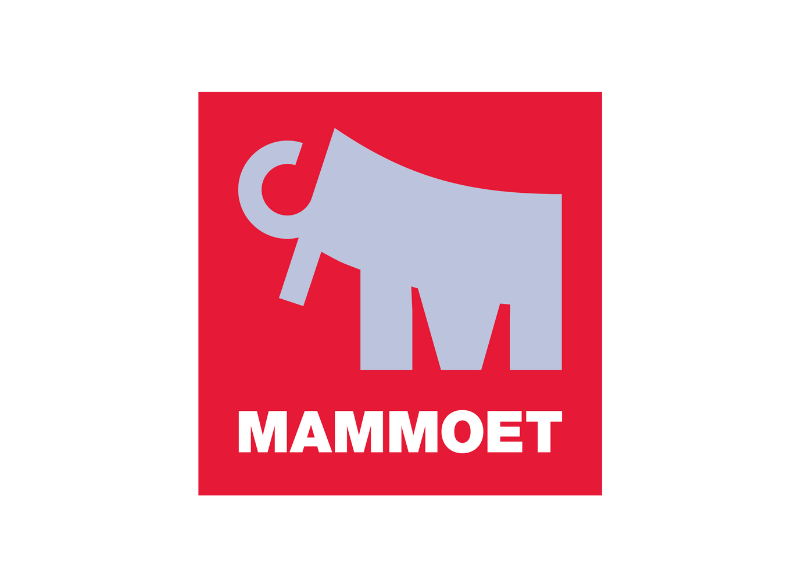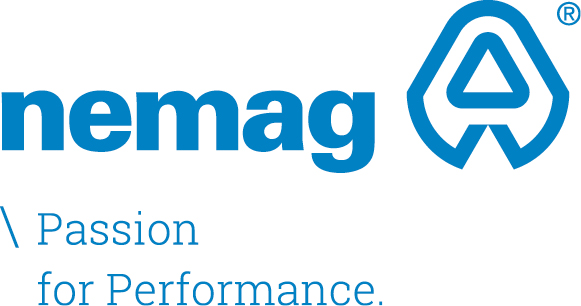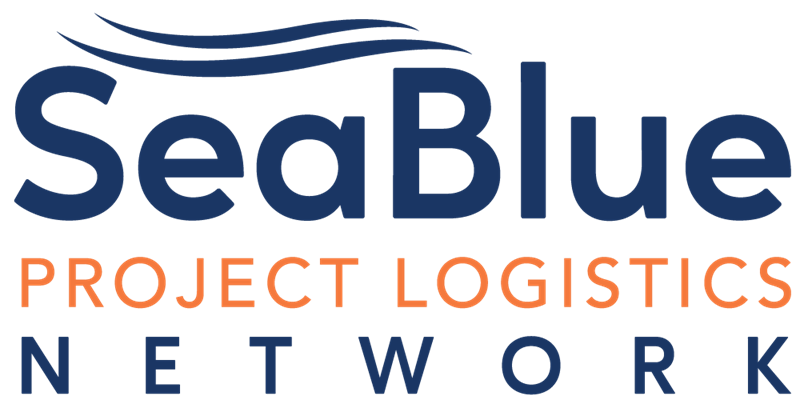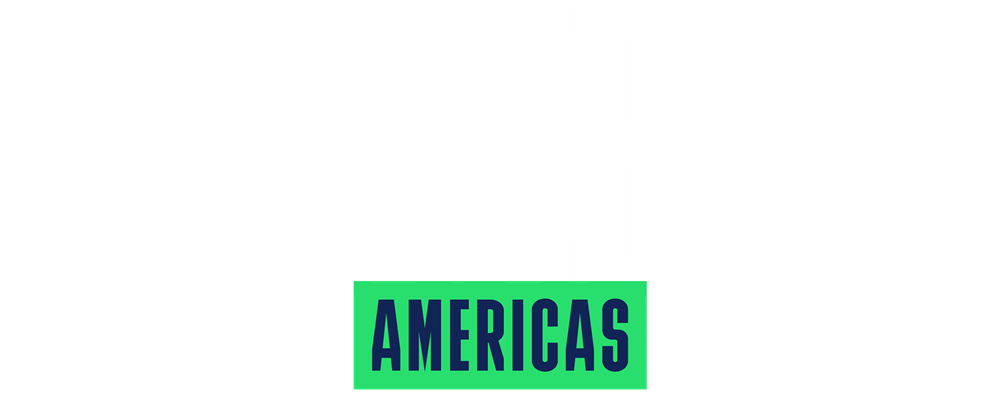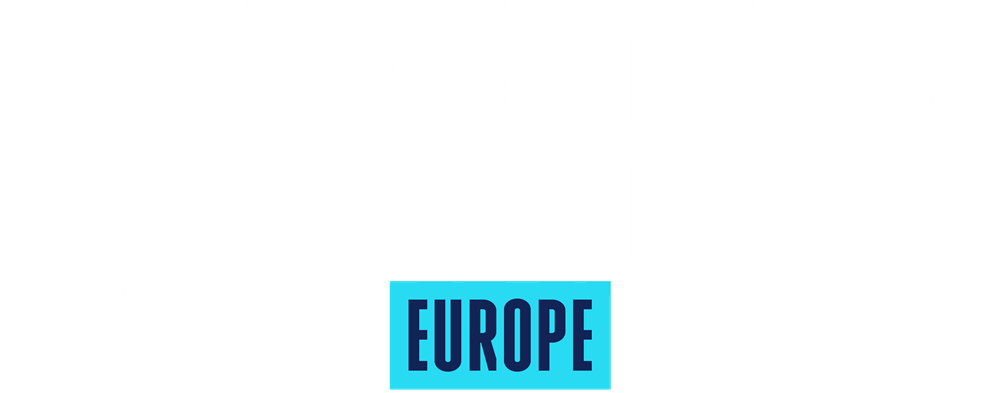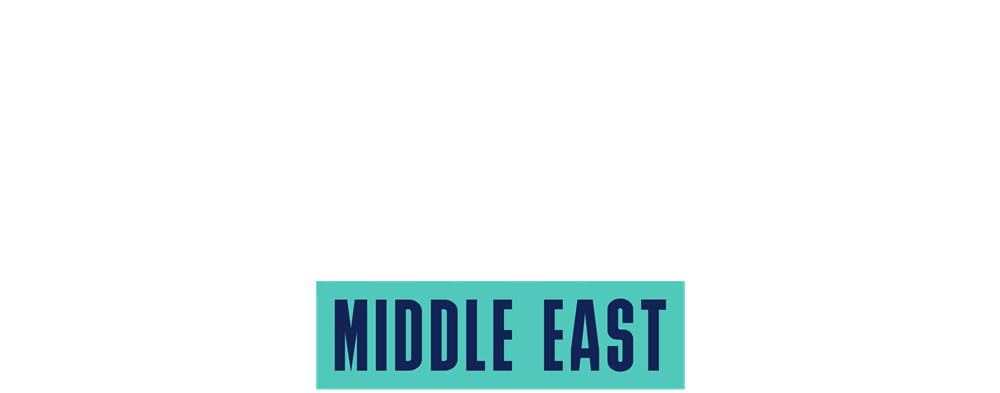Feb 02 | 2024
Technologies on Show in Chicago to Revolutionize Project Logistics
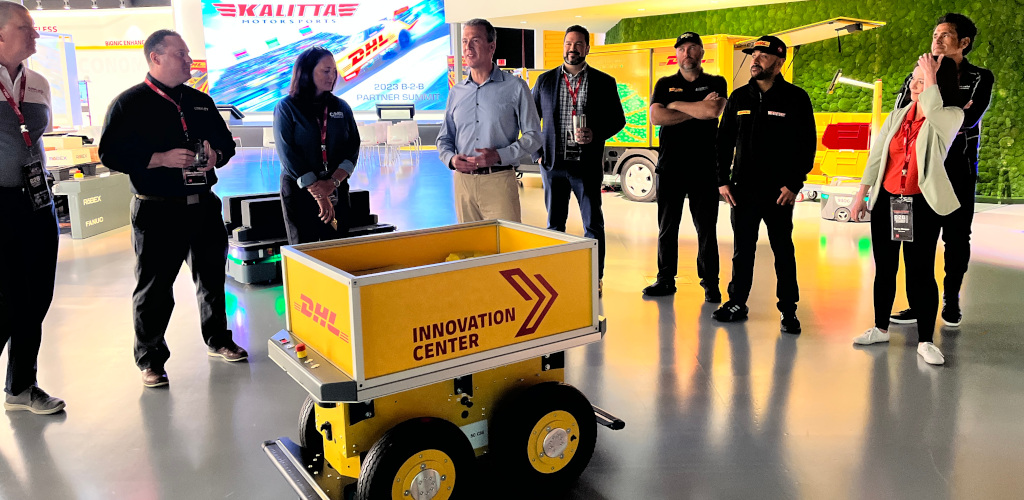 By Simon West
By Simon WestFrom Issue 1, 2024 of Breakbulk Magazine
Imagine your project team having access to an exact replica of a supply chain network. No more marker pens, whiteboards, and Excel spreadsheets. Instead, a “digital twin” that enables real-time simulation and analysis of an entire industrial project.
Digital twinning technology – tipped for widespread adoption by the industry over the next decade – is just one of dozens of cutting-edge solutions on show at the DHL Americas Innovation Center in Chicago, a 28,000-foot hi-tech facility that aims to bring real-world innovations to the logistics system.
Breakbulk was thrilled to be given a recent hands-on tour of the Center, one of four such facilities run by DHL – the others are located in Singapore, Dubai, and Cologne in Germany – that are driving customer-centric innovation around the world.
If you want to see technology in action, this is the place to be: A glimpse into the future where visitors can tinker with prototypes, discuss groundbreaking ideas, and listen to the brilliant minds behind these incredible tools.
Jim Giedraitis, head of the Americas Innovation Center and Breakbulk’s guide for the day, said the four facilities welcomed a combined 13,000 visitors each year, all of whom get the chance to experience the next generation of logistics in an interactive showroom environment.
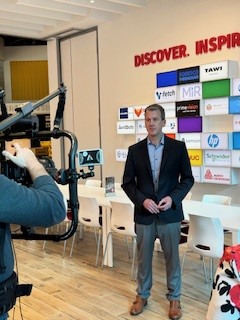 “One of the powers of this place is in the engagements that we have with our customers through our workshops and tours that we do on a daily basis,” Giedraitis said.
“One of the powers of this place is in the engagements that we have with our customers through our workshops and tours that we do on a daily basis,” Giedraitis said.The facility works with technology partners and “accelerators” – entities that take start-ups and make them ready for the market. DHL identifies and showcases solutions that are already in deployment or are scaling up, as well as those in proof of concept or pilot project phase. The logistics giant also selects early-stage innovations to inspire visitors with visions of the future and open up the discussion around big ideas for potential applications.
“Our exhibits are changing all the time. We are not a museum, so we are meant to change and evolve. Therefore the exhibits can vary in number, and they center around our trend clusters within our logistics trend radar,” Giedraitis said.
Digital twins is one solution that boasts the potential to radically change the way we design, execute, and maintain projects. The technology is part of a new generation of AI-driven computer vision systems that allow computers to “see and understand” vast quantities of data that normal operators may not see.
The technology can remotely monitor physical objects, identify flaws or deviations, and promptly initiate corrective actions.
According to Jake Swanson, regional vice president – Americas operations, DHL Industrial Projects, digital twinning allows project professionals to plan for any number of eventualities by asking hypothetical “what if” questions – “What if the component doesn’t arrive? What if we used rail instead of road transport? What if the project faces delays?”
“Digital twins is a digital model or representation of either a physical location or a process,” Swanson told Breakbulk during our visit.
“We work together with some of our customers that work in resupply – resupplying to their mining facilities or to oil and gas facilities. They come to us asking, ‘do we have the optimal supply chain, do we have the warehouses in the right locations, are we managing things the way we should?’ And with digital twinning, we can analyze these supply chains, putting them through a wide variety of different circumstances and scenarios.
“The great thing about digital twins is that it allows us to evaluate an enormous amount of possibilities in a very quick manner. Different variables can be included, and you can evaluate how that impacts the supply chain and the freight profile for a project site.”
Many of the solutions on show will have a direct impact on breakbulk logistics, while some are designed to facilitate operations in other areas of logistics and shipping, such as warehousing or transport.
Asked which of the technologies draws most attention from visitors, Giedraitis pointed to robotics and automation. “People may think, well robotics and automation already exist, and of course, they do, but what’s really exciting is that there’s so much room for growth. And that’s what gets our customers excited and us excited here at DHL,” the director said.
“Innovation really is a mindset. It’s a team and group of openminded, curious people willing to try new technologies out and realize that failure is not always a failure. It can be a success in terms of knowing where these technologies and innovations can succeed and where they cannot succeed.”
Alongside digital twinning are other technologies linked to computer vision that are set to reshape the way we profile projects. Drones, for example, or unmanned aerial vehicles, have in recent years gained significant traction in the logistics industry. Commonly deployed for mid and last-mile deliveries, inventory management, surveillance, and warehouse operations, logistics specialists are starting to see the benefits of UAVs in project planning.
“Most recently we’ve used them to measure cargo,” Swanson said. “The cargo comes in, we have it documented at certain dimensions, then we can use drones to take pictures from above and use the camera technology to measure the cargo to make sure it actually is what we think it’s supposed to be.”
Drones are also being deployed for route surveys and project planning, the executive added.
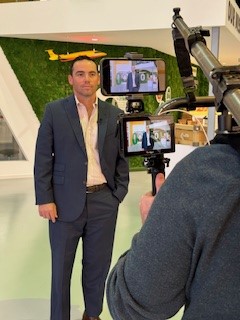 “Before a project gets started you need to make sure what route you use. Projects are located sometimes in very diverse locations in mountains or difficult-to-get-to areas. So using drones to be able to study and evaluate that route and work together with the project owner or customer to make sure we have the proper route going into a job – that’s a great way to use drones. It saves on manpower, it gives you a different perspective, and it can also be safer, especially when some of these locations are difficult to get to or you have adverse weather conditions – using a drone becomes very helpful.”
“Before a project gets started you need to make sure what route you use. Projects are located sometimes in very diverse locations in mountains or difficult-to-get-to areas. So using drones to be able to study and evaluate that route and work together with the project owner or customer to make sure we have the proper route going into a job – that’s a great way to use drones. It saves on manpower, it gives you a different perspective, and it can also be safer, especially when some of these locations are difficult to get to or you have adverse weather conditions – using a drone becomes very helpful.”Another key development within the realm of the Internet of Things, of IoT, is radio frequency identification, or RFID, a tool that uses electromagnetic fields to automatically identify and track tags attached to objects.
For logistics, RFID can play a major role in linking cargo movements to the digital world.
“One of the things that we do is use either RFID or scanning technology that allows us to always keep track of where things are,” Swanson said. “Whether it be on a project site or in transit, we can track using these technologies and then share the information immediately with our customers either through their own transportation management system and we send them the information, or they are accessing our management system.
“It helps them to know where their pieces are, not lose them, and not spend extra money having to re-buy things because they lose track of them. It’s something that does happen, and that’s why we’ve developed these uses for this technology so we can provide savings, add value and service to our customers.”
According to Swanson, as technology evolves and becomes more interconnected, the range of IoT applications is likely to expand, leading to more innovations and improvements in the way we transport cargo.
“I think it’s going to keep growing and growing. We’re all connected in some way, and we need to have information when we want it, which is as soon as possible.”
Find out more about DHL’s Innovation Centers at Breakbulk Middle East 2024, happening on 12-13 February at the Dubai World Trade Center. DHL’s Industrial Projects team will be exhibiting in the main hall at stand K50.
.png?ext=.png)



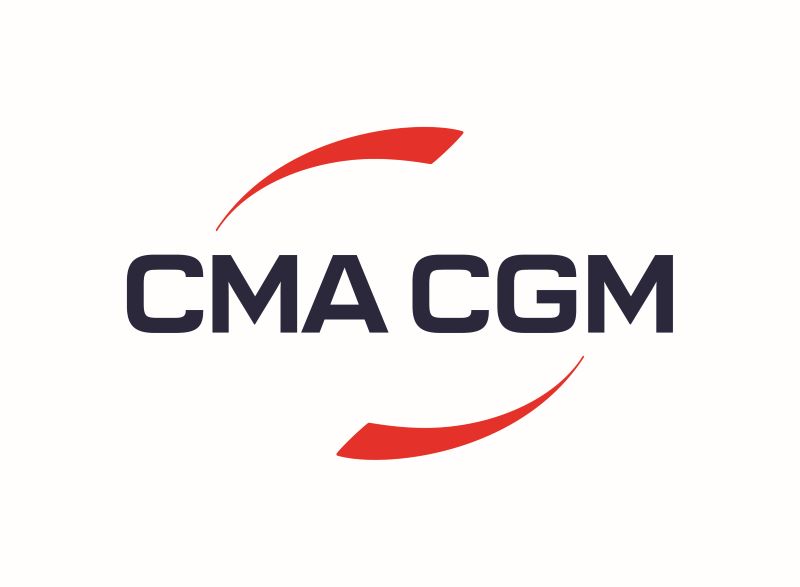

.png?ext=.png)
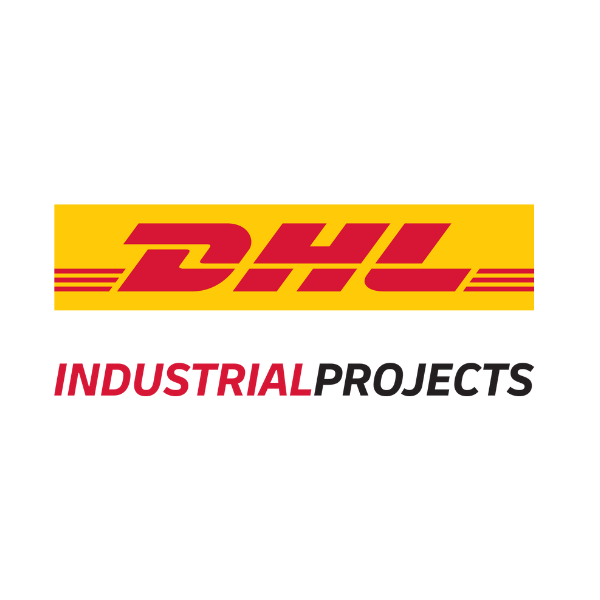



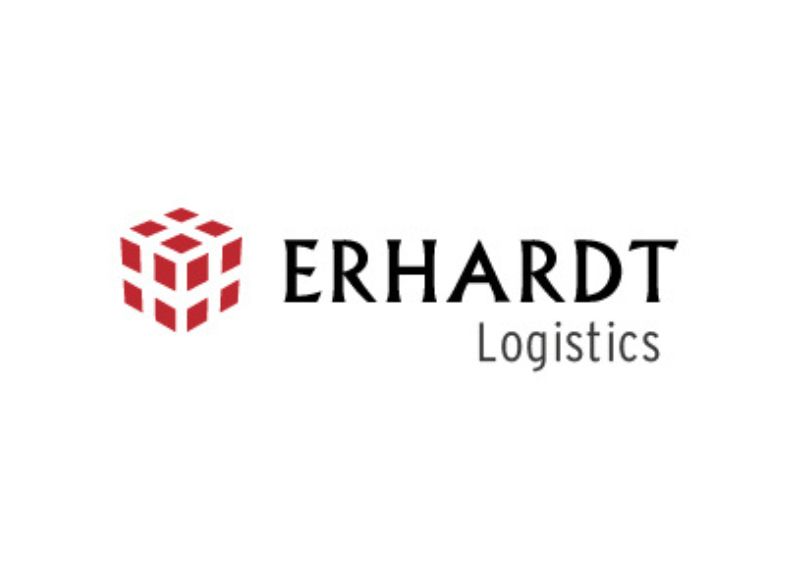

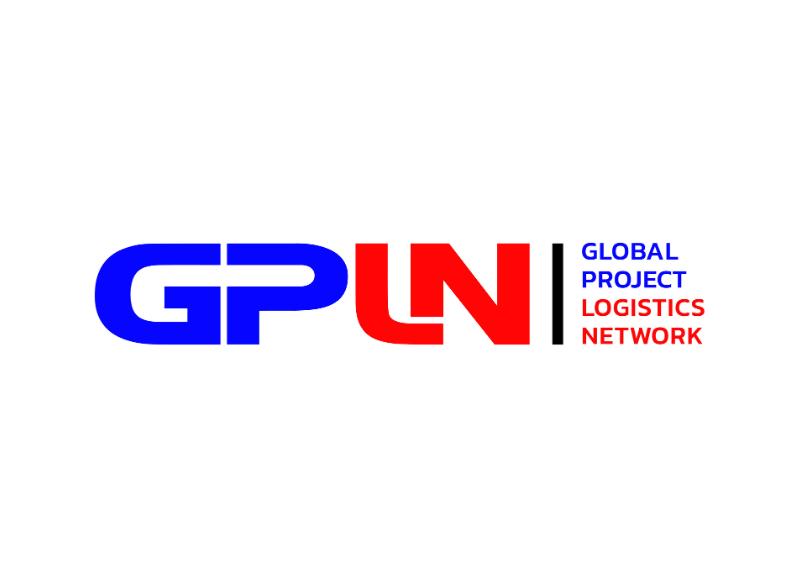

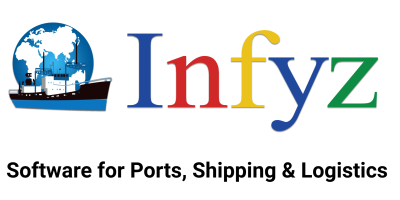
_3.png?ext=.png)
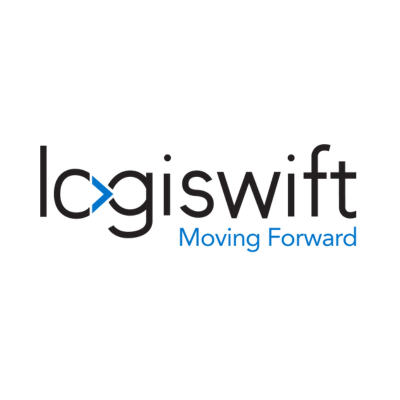
.jpg?ext=.jpg)
